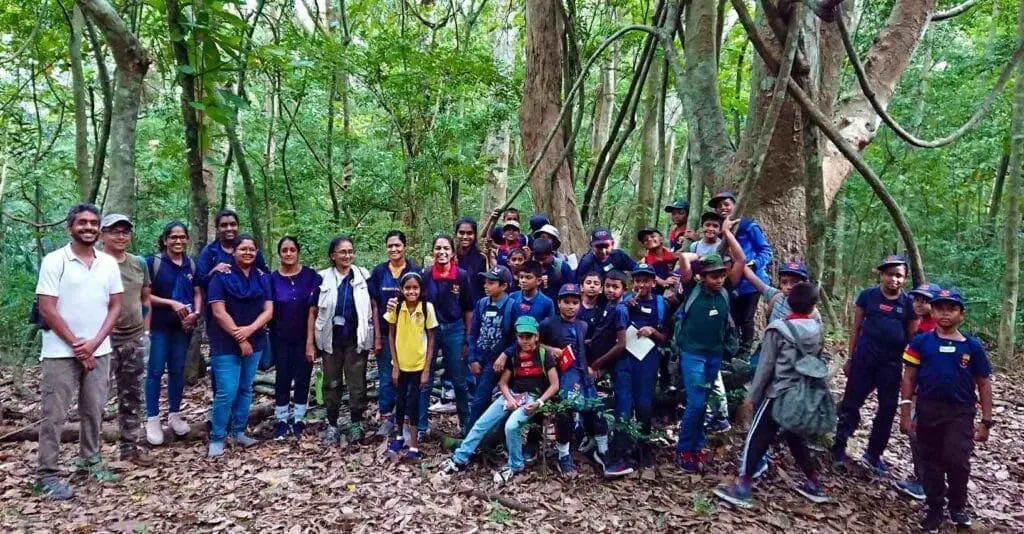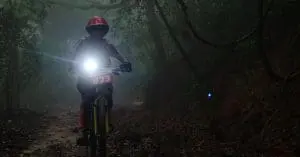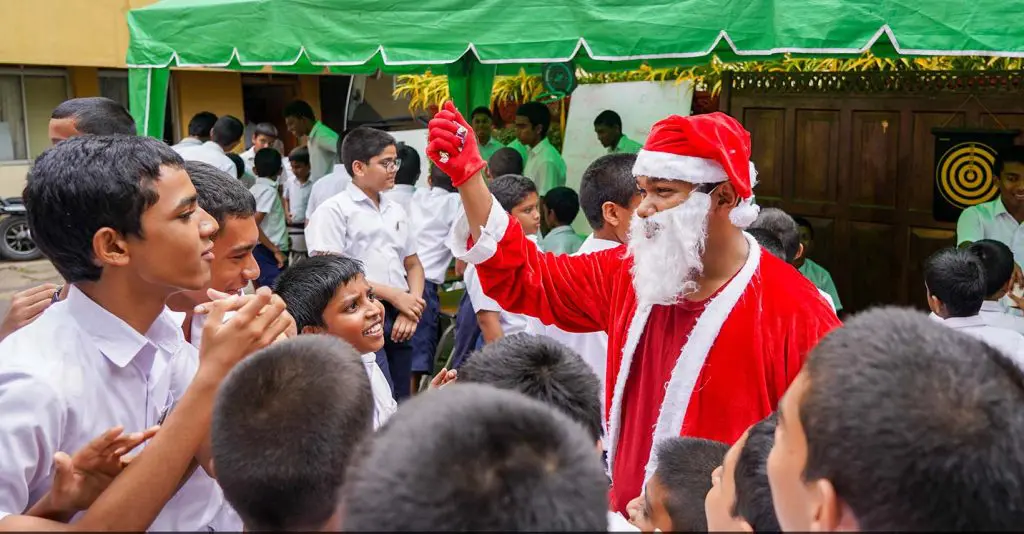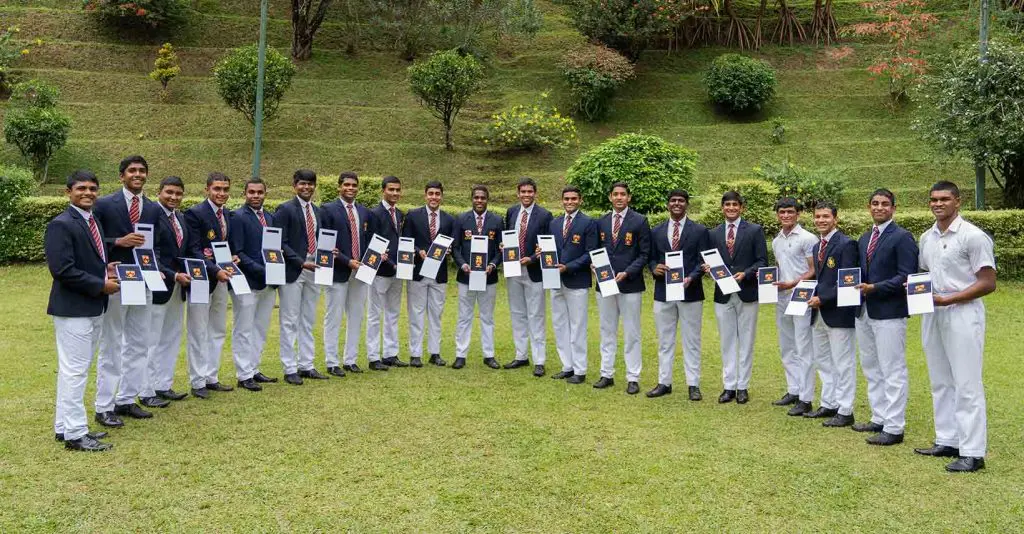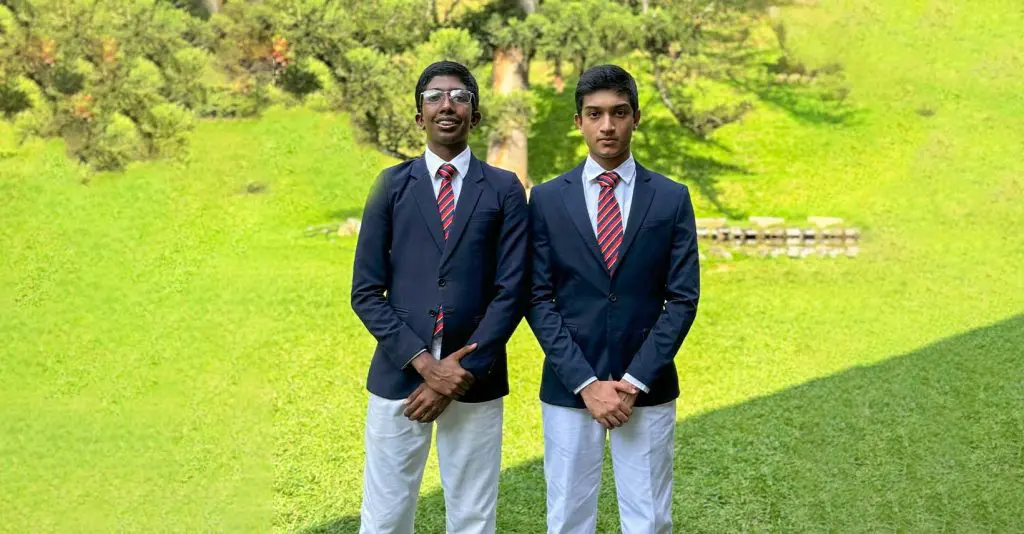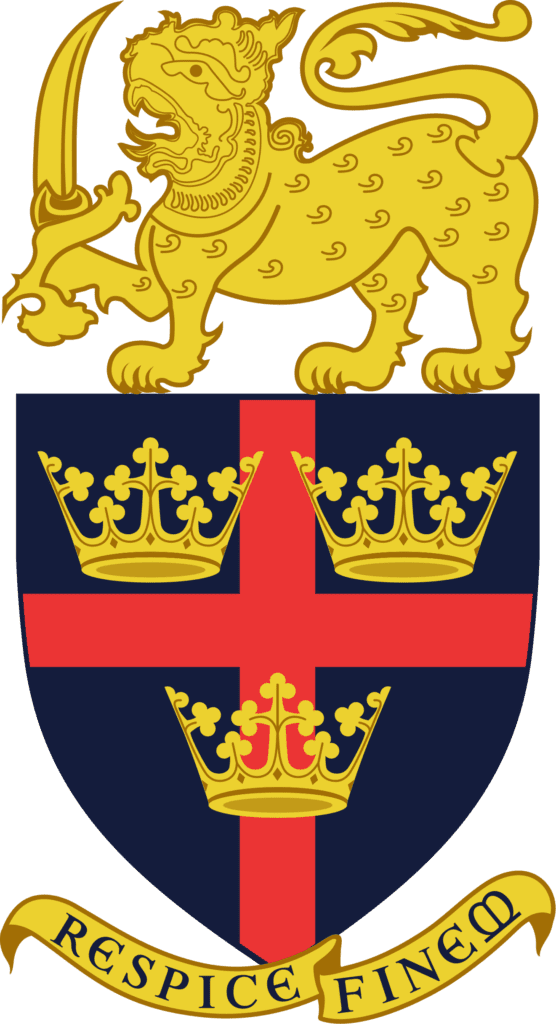Article written by Yumeth Gunathilake & Kavithra Rajapaksha from the Junior School Nature Club
We, the nature lovers of the Junior School Nature Club, had an unforgettable experience visiting Dunumadalawa. We eagerly awaited the day when our teacher, Mrs. Indu Gunawardena, announced the “Walk.” Equipped with backpacks filled with binoculars, notebooks, pencils, caps, raincoats, first aid kits, snacks in reusable boxes, and large water bottles, we were ready for our adventure.
The night before our walk felt long as we eagerly awaited dawn. We gathered at school by 6:30 a.m. and reached the gates of Dunumadalawa Forest Reserve around 7 a.m. Our guide warmly welcomed us and accompanied us throughout the reserve. As we stepped into the forest, a sense of adventure overcame us. The air flowing through the towering trees was cool and fresh, inviting us to take deep breaths and embrace its purity. We made sure to maintain our best behavior, respecting the tranquility of the forest.
With each step, the forest grew thicker and darker, making us feel tinier. We walked through the forest, observing birds and animals, feeling like we were part of a magnificent green wonderland. There was so much to see and explore, and it made us realize how much we were missing out on this fresh greenery in our daily lives.


The fatigue from the challenging forest path vanished as we immersed ourselves in the natural symphony. The melodious calls of birds and the dancing trees created a magical atmosphere. The forest was full of wonders, sparking our curiosity and leading us to ask questions. Luckily, we had two experts, Dr. Harsha Ariyaratne and Dr. Nishan Dharmasena, who shared their vast knowledge about animals, birds, snakes, and trees. With their guidance, we were able to identify many birds and animals, including monkeys, birds, squirrels, lizards, snakes, and many other small creatures. They explained that Dunumadalawa is a home to many birds endemic to Sri Lanka.
During our visit, we had the privilege of observing some incredible birds. The Bar-winged Flycatcher-shrike, Brown Capped Babbler, Tickle’s Blue Flycatcher, Velvet Fronted Nuthatch, and Grey Headed Fish Eagle were among the species we spotted. We were also delighted by the colorful butterflies, such as the Blue Mormon, Common Lascar, and Common Albatross.
The combination of trees, fresh air, and the sounds of animals creates a truly enchanting forest experience. We managed to capture these special moments, serving as a reminder to seek more opportunities to explore and reconnect with nature.
Situated at the heart of the world heritage city, Kandy, Dunumadalawa Forest Reserve is a lush green paradise covering around 480 hectares. In the early 1900s, it used to be a busy coffee, cocoa, and tea plantation known as “Walker’s Estate” or Wakara Watte. Ancient coffee, cocoa, and tea plants, as well as the ruins of Walker’s Estate, can still be found here.

The forest reserve is not only a treasure trove of nature but also serves as a crucial water source for Kandy. The British built Dunumadalawa Wewa to provide drinking water to the city, and together with Roseneath Wewa, they contain enough water to support the population of Kandy. The forest reserve is protected under the guidance of the Municipal Council of Kandy.
Dunumadalawa Forest Reserve is home to 13 bird species and 29 sub-species that can only be found here. The forest is also a habitat for various animals, including leopards, fishing cats, rusty spotted cats, barking deer, monkeys, wild boars, and porcupines. It’s like a big cat family living alongside other fascinating creatures!
One of the important roles of this forest reserve is to help control air pollution in Kandy. Both Dunumadalawa and Udawattekele play a vital role in preventing pollution levels from worsening, while also providing greenery to the entire Kandy area.
References:
- Manjula H. (2022), Dunumadalawa Forest Reserve. Retrieved from: https://www.lankapradeepa.com/2022/07/dunumadalawa-forest reserve.html











